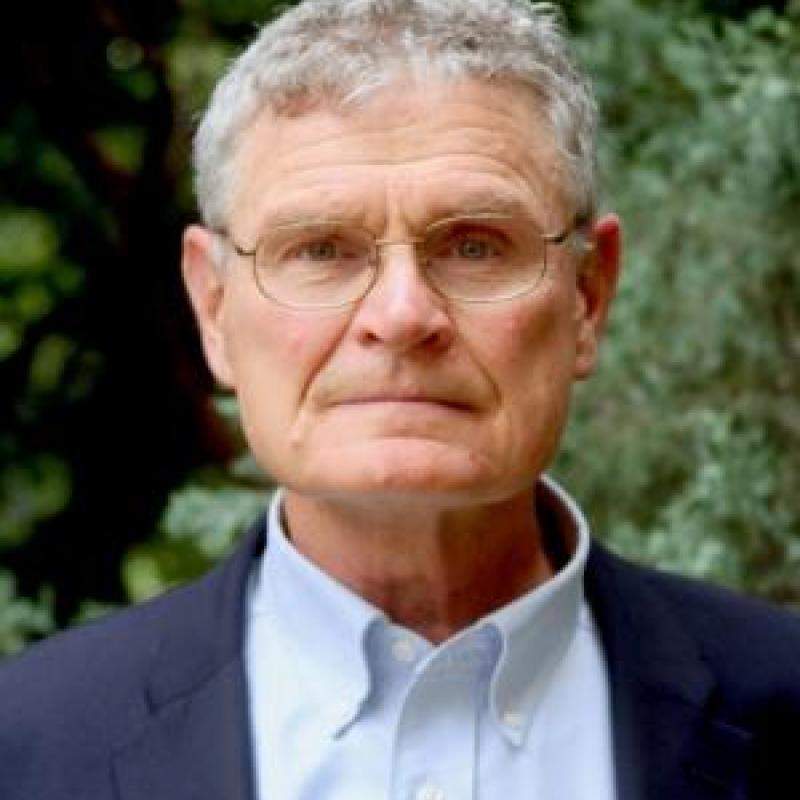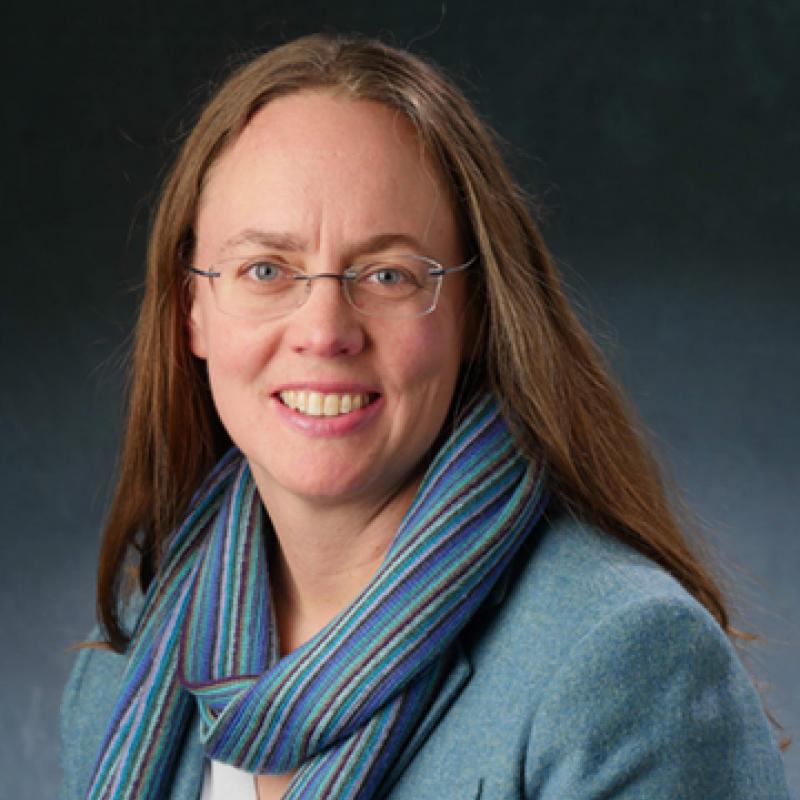Summary
Extreme environmental events, such as Hurricane Katrina and the 2018 California megafires, pose an increasing risk of loss and disruption in ecological, socio-economic and infrastructural systems. But, what is extreme? Why do some environmental conditions lead to extreme outcomes while others do not? When do extremes matter? What can we do to mitigate their impacts? Our research aims to answer these questions and brings an interdisciplinary, big-data perspective to risk assessment.
In a paper recently published in Earths’s Future, we propose that extremes emerge from interactions within and between the environmental and social systems. These interactions can amplify or dampen the impacts of natural events on human systems. For example, non-extreme precipitation on a burned slope may lead to severe downstream flooding. Conversely, a slightly different series of events may trigger feedbacks that decrease the influence of rainfall on streamflow. Identifying, characterizing and quantifying socio-environmental interactions then becomes a key challenge with significant implications for mitigation efforts. In addition, we have learned that some technological interventions might actually worsen impacts of extreme events. Can we predict these counter-intuitive outcomes and anticipate surprises?
A corollary of our theoretical framework that highlights interactions is that the risk of natural hazards varies in space and time not only as the probability of extremes changes, but also as a function of the differential exposure and vulnerability of communities across the nation. Effective planning for extremes, which, by definition are events that have never/rarely occurred, is a challenge that requires robust scientific information. To contribute to this conversation, we integrated data from multiple sources, including Zillow, satellite imagery and models. With this information, we evaluated long-term hazard exposure trends in the United States, finding that risk is indeed increasing faster than overall growth of development. This suggests that hazard mitigation policies are lagging, but also highlights the enormous potential that science-informed adaptation policies can have on risk reduction in the face of climate change.
Publications
Balch, J. K., Iglesias, V., A.E. Braswell, M.W. Rossi, M.B. Joseph, A.L. Mahood, T. Shrum, C. White, V. Scholl, B. McGuire, C. Karban, M. Buckland, and W.R. Travis (2020). Social‐environmental extremes: Rethinking extraordinary events as outcomes of interacting biophysical and social systems. Earth's Future 8: e2019EF001319. DOI: 10.1029/2019EF001319
Funding for this work was provided by Earth Lab through CU Boulder's Grand Challenge Initiative, the Cooperative Institute for Research in Environmental Sciences (CIRES) at CU Boulder, the USGS North Central Climate Adaptation Science Center, and NSF's Humans, Disasters, and the Built Environment program (Award #1924670 to CU Boulder).
Featured Blogs
Project Team
Project Lead
Virginia Iglesias
Virginia Iglesias is a Research Scientist in Earth Lab working on the effects of climate variability on social-environmental systems.







